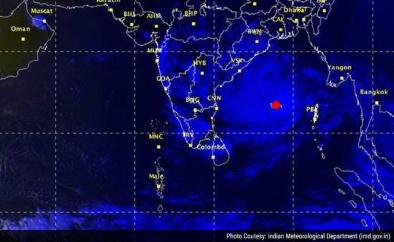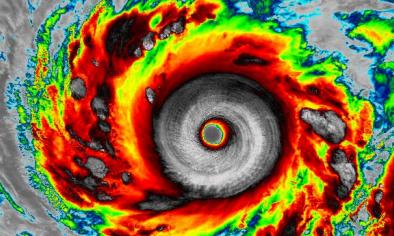Science Source
Consensus on Climate Trends in Western North Pacific Tropical Cyclones
- Uses a quantile method to effectively overcome problems associated with different wind speed conversions used by the various meteorological agencies
- Following the assumption that the intensity ranks of TCs are the same among agencies,
- Regards quantiles at the same probability level in different data sources as having the same wind speed level (following the assumption that the intensity ranks of TCs are the same among agencies)
- Uses tropical cyclone data from the Joint Typhoon Warning Center (JTWC) and Japan Meteorological Agency (JMA) for research and comparison
- Diagnoses trends for the upper 45% of the strongest TCs annually
- Determines that the 27-yr period beginning with 1984, when the JMA began using the Dvorak (1982) technique, is the most reliable for achieving consensus among the two agencies regarding these trends—states that the start year is a compromise between including as many years in the data as possible, but not so many that the period includes observations that result in inconsistent trend estimates
- Interprets the consensus of TC trends between the two agencies over the period as fewer but stronger events since 1984, even with the lower power dissipation index (PDI) in the western North Pacific in recent years
Related Content
Headline

May 10, 2017 | NDTV.com
Andhra Pradesh Braces For Cyclone Hudhud, Evacuations Are Planned
Headline

May 10, 2017 | News24
Philippine envoy to lead 40 day climate change march
Headline

May 10, 2017 | Weather Underground | Category 6
Super Typhoon Vongfong a Threat to Japan; Tropical Cyclone Hudhud Menaces India
Headline

May 10, 2017
Super Typhoon Haiyan: Strongest Landfalling Tropical Cyclone on Record


